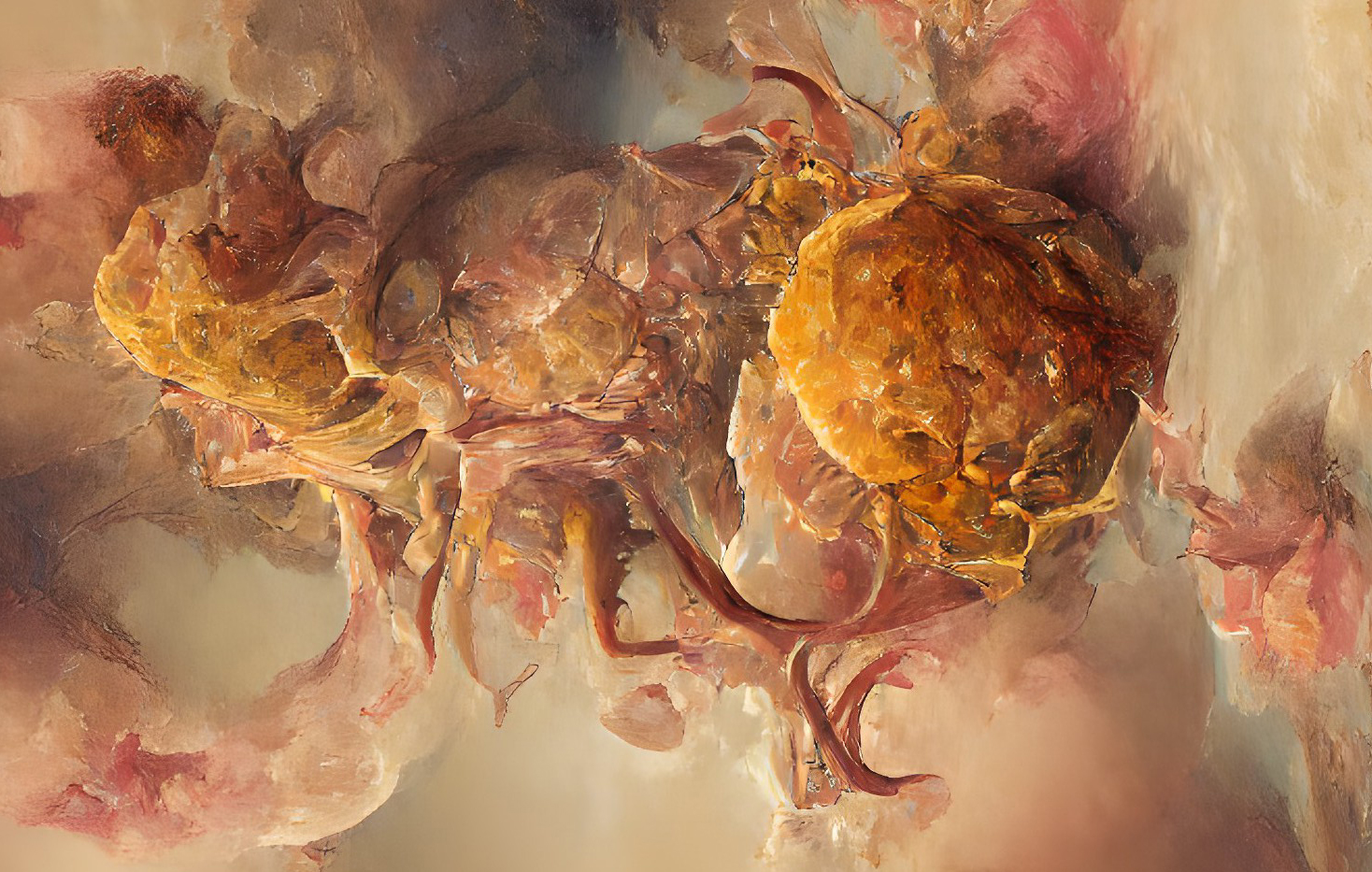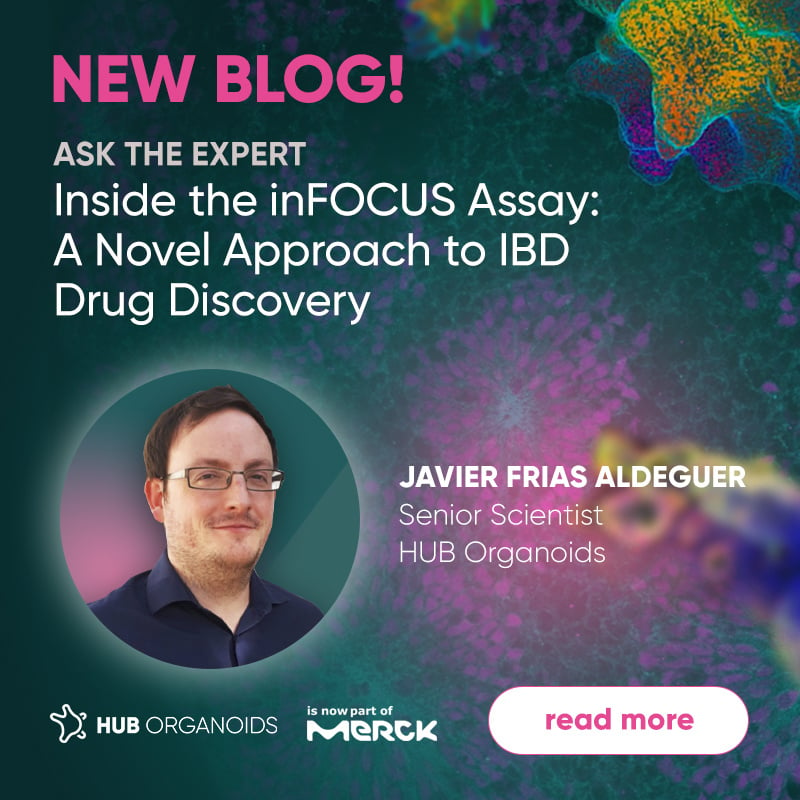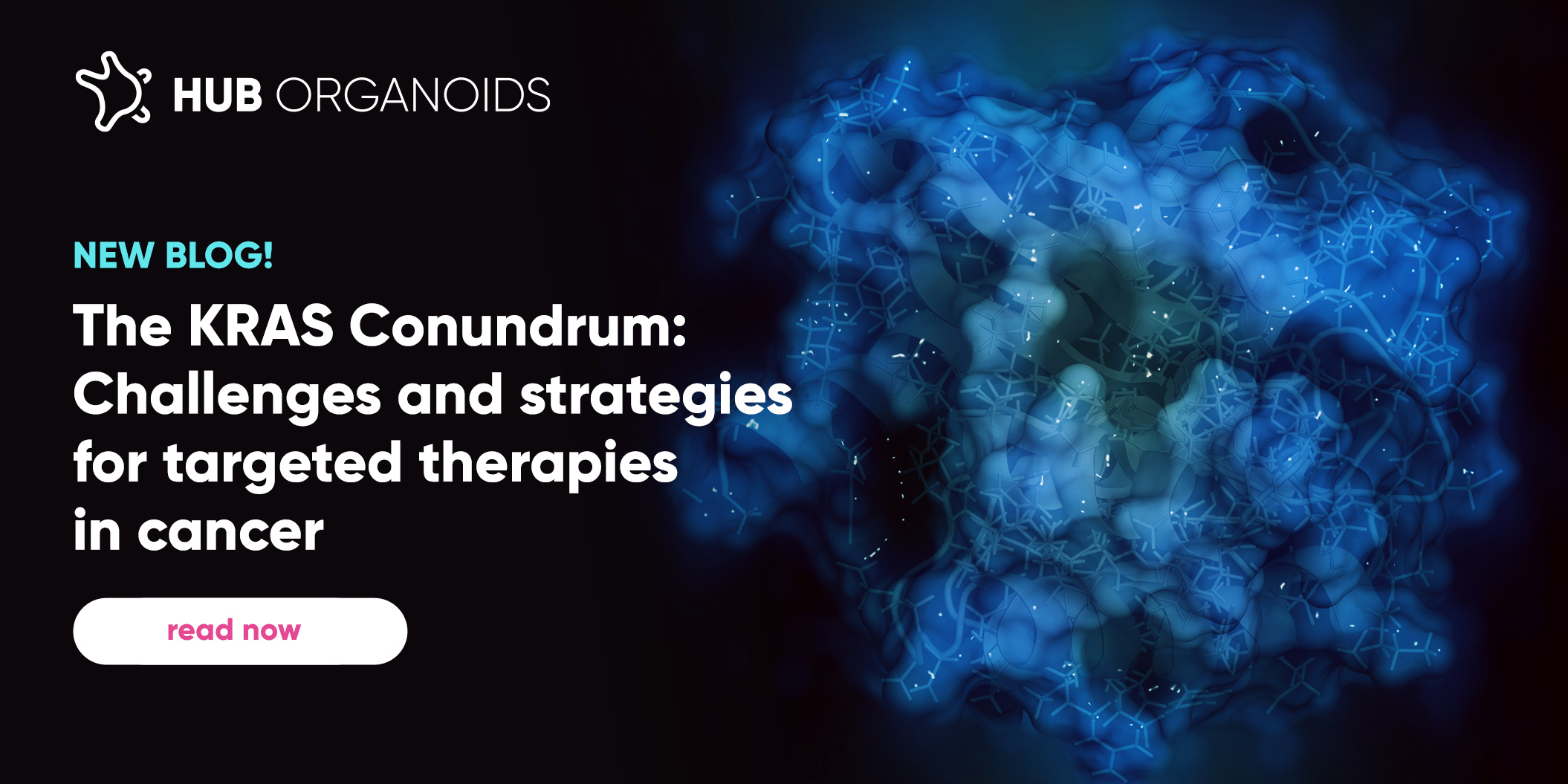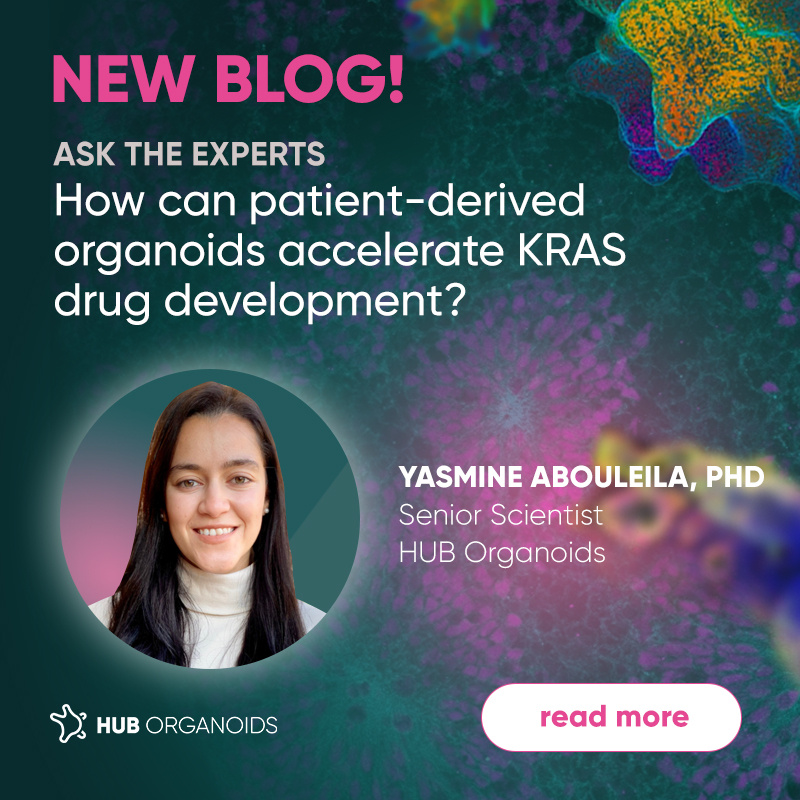Challenges in preclinical modeling of cancer immunity
Published by HUB Organoids on Nov 1, 2022

Learn how to select the right model for your immunotherapy development
Over the past decade, immunotherapy has revolutionized oncology. From ipilimumab improving survival by delaying disease progression in advanced melanoma patients to the recent FDA approval of nivolumab for lung cancer. Despite their success and long-term durable responses in previously untreatable populations, immunotherapies are currently only effective in a small percentage of patients. Here we discuss the current challenges in the preclinical modeling of cancer immunity and review the available models for the development of successful immunotherapies.
Lost in translation – evading the valley of attrition between preclinical research and the clinic
The immune system is a complex network of multiple cell types that play important roles in protecting “self” tissue from external pathogens. The question of whether a cancerous lesion could be recognized as “non-self” by the immune system has long challenged cancer immunologists. James P. Allison and Tasuku Honjo won the noble prize in 2018 for their discovery of immune check-point molecules that have been exploited in recent years to develop novel cancer immunotherapies.
Translating these important findings into effective treatments has significant challenges due to the historical lack of advanced preclinical models. This has led to addressing the majority of scientific questions through experiments conducted in clinical trials, which in turn has contributed to the high cost of the development of novel therapies. However, recent technological advances are forging the way for new patient-derived models that are more physiologically relevant, have a better predictive value, and can be used for biomarker discovery and patient stratification.
Are currently available preclinical models suited to immunotherapy development?
Traditional preclinical models such as cancer cell lines and genetically engineered mouse models (GEMM) have helped us in understanding the intricate biology of the disease, but both have been markedly deficient in representing patient-specific tumor antigen expression patterns relevant to the clinic. In the case of cancer cell lines, long-term samples are notoriously known to exhibit genetic/phenotypic drift and tend to largely deviate from the tumor of origin. On the other hand, GEMMs undergo spontaneously induced tumor progression, which causes a high degree of variability within samples. Therefore, both models fail to represent patient-relevant tumor antigens and have limited reproducibility, making them unsuitable for drug screening projects.
PDX murine models traditionally used in oncology drug discovery and development lack a functional immune system to prevent them from rejecting human tumor xenotransplantation. Other models, such as syngeneic mice, preserve functional immunity and can be used to interrogate mechanistic questions, however, considerations around species specificity must be made when using these models for testing human-targeted immunotherapies.
Recent advances in ex vivo cell culture have enabled it to grow ex vivo which has components of the human tumor microenvironment, including various immune cell populations. However, these systems are typically not suitable for long term cultures, as stromal components eventually overtake the culture at the expense of tumor cells. This prevents their application in large-scale studies that require multiple replicates or repeated experiments.
How can patient-derived organoids help?
Compared to other preclinical models, patient-derived organoids (PDOs) preserve the original tumor, and patient-specific antigen expression, can be biobanked, and co-cultured with immune cells for drug testing.
The full repertoire of cancer-immune cell interaction is too complex to be recapitulated in any given model currently available, however, PDOs and immune cell co-culture have offered encouraging data for the investigation of T cell therapies in solid tumors such as engineered T cell therapies and bispecific antibodies. The development of PDO-immune cell co-cultures derived from matched normal and tumor tissue offers a unique opportunity to test for both toxicity as well as tumor-killing efficacy within the same patient, thereby enabling the early selection of immunotherapies with a higher therapeutic window.
The application of PDO-immune cell co-culture extends beyond lead identification. As PDO-immune cell co-cultures can be established in a controlled manner for a wide range of immune cell and solid tumor types, the platform has immense potential in mechanistic studies. For instance, in a recent study, a basket screen of pancreatic, colon, mammary, ovarian, and lung patient-derived tumor organoids was used to decipher and manipulate the tumor-targeting strategy of engineered immune cells.
The walk ahead
Using PDOs for immuno-oncology applications offers a clinically-relevant preclinical option for modeling the complexities of tumor microenvironment in vitro for IO drug development. While engineered and non-autologous T cell co-cultures are currently used for large-scale preclinical drug screenings of T cells as well as bispecifics, autologous immuno-oncology biobanks of tumor/normal PDO and T cell (isolated from TILs or PBMC) or co-cultures of PDOs with other immune cells such as NK, macrophages or B cells are still under development.
Want to know more about our immuno-oncology service offering? Check it out here.



